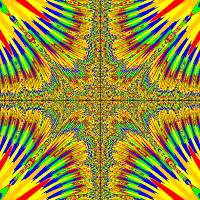First, to clear up any confusion. My scenario does not crash. There is no error log printed out to the console window. Greenfoot itself crashes (sort of). I have a scenario, and in said scenario, there are times when Greenfoot will simply stop working. All of the act() methods stop running, and everything is ground to a halt. Here's the real kicker: recompiling doesn't resolve the issue, and neither does closing and reopening the scenario. I have to physically quit Greenfoot and reopen it (with the whole loading screen and whatnot). I believe I have an idea of what the problem is, but I don't know for sure, and I haven't been able to find anyone else with this problem on the forums. If need be, I can provide source code, and I can also post my scenario for download if it gets to that point. Thanks in advance!
Edit: a quick test shows that Java does indeed still run. It seems to be an infinite loop of some sort that is clogging up the program.



